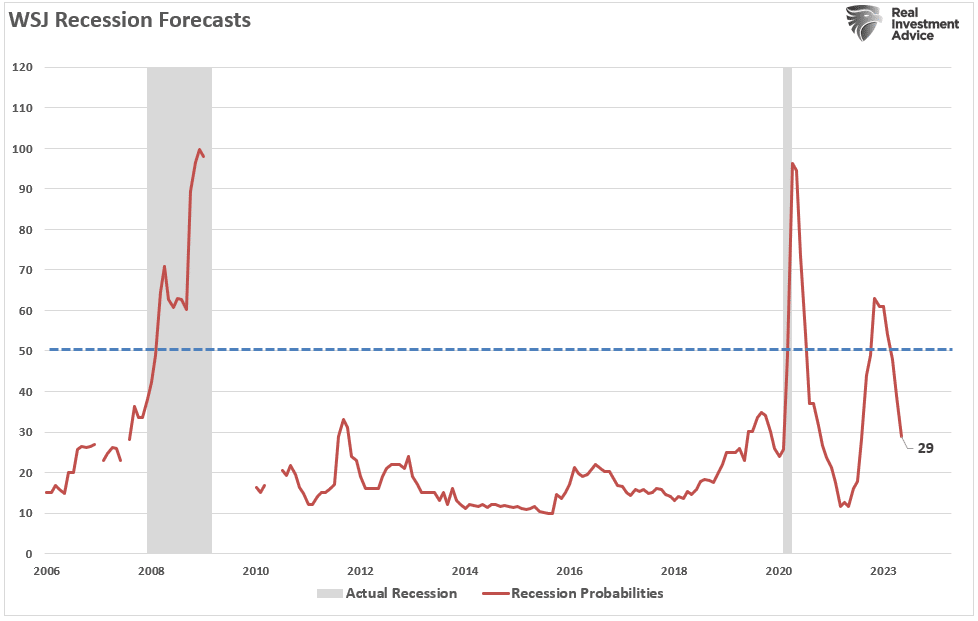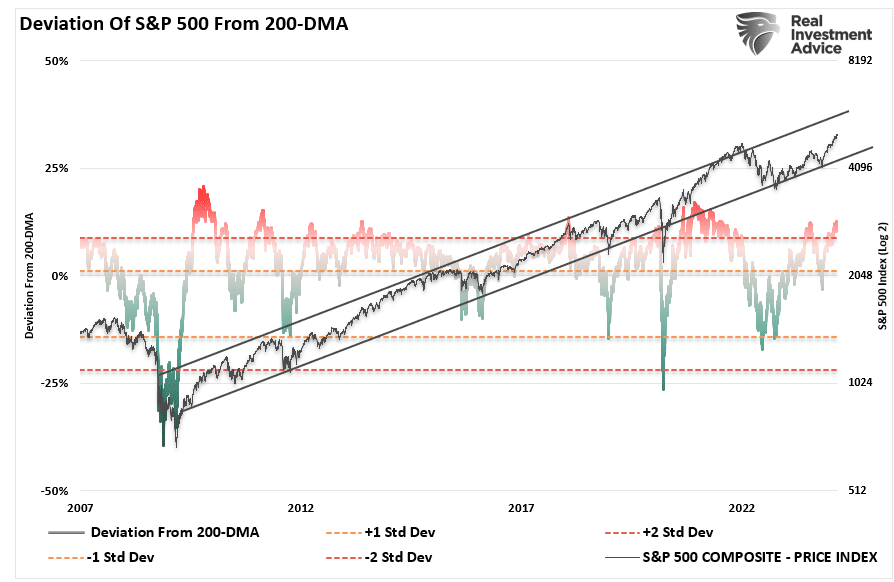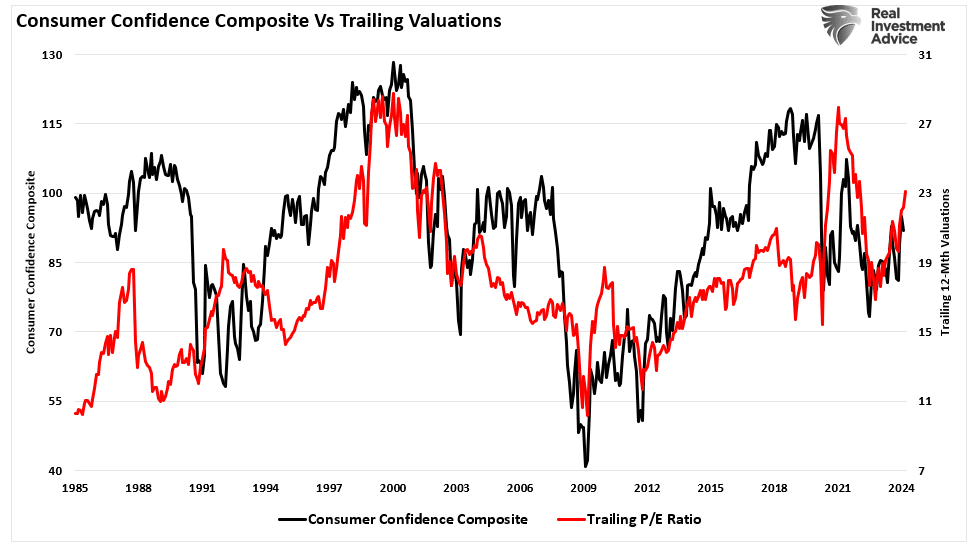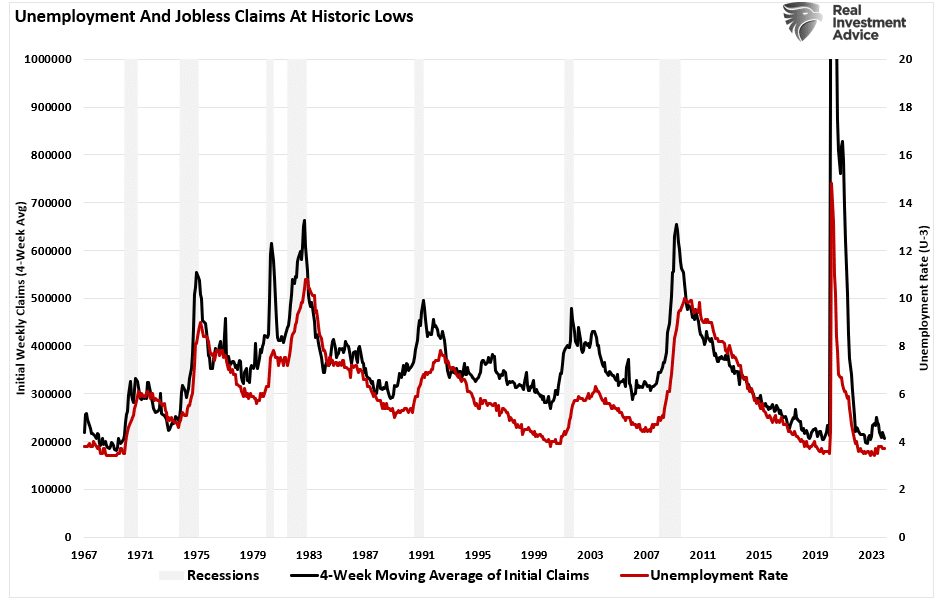 Since the LIBOR scandal erupted, US officials have been working toward an alternative benchmark. In 2014, the Fed set up a working committee that includes more than a dozen large banks and regulators Before the weekend the committee (Alternative Reference Rates Committee) proposed two possible replacements for LIBOR.
Since the LIBOR scandal erupted, US officials have been working toward an alternative benchmark. In 2014, the Fed set up a working committee that includes more than a dozen large banks and regulators Before the weekend the committee (Alternative Reference Rates Committee) proposed two possible replacements for LIBOR.There reportedly was some consideration of using the Fed funds as an alternative. However, Fed funds were rejected because it would have been made it more difficult to change the monetary policy framework in the future.
A few months ago, the NY Fed began publishing an “overnight bank funding rate” (OBFR). It is based on transactions in both the Fed funds and Eurodollar market. The daily turnover is around $300 bln. This is one alternative to LIBOR.
The other possible alternative that the committee proposed was the General Collateral Repo Rate (GCRR). The repo is for repurchase agreement. One exchanges cash for a Treasury security one day and does the opposite the next day. The repo market is fragmented, but the most active are the tri-party repo where the average daily turnover is about $300 bln.
GCRR requires additional work as presently the is no single rate associated with it. However, the minutes of the December 2015 FOMC meeting suggests the Fed is considering producing a rate.
Estimates suggest that something on the magnitude of $160 trillion of derivative contracts and trillions more corporate loans and mortgages are tied to LIBOR. It is a logistic challenge to transition to a new benchmark that would be more difficult to manipulate. The next step is for public comments on the proposal (to be submitted to the committee before July 15. The committee will hold a roundtable at the NY Fed on June 21 to facilitate discussion.
The London Interbank Offered Rate (LIBOR) is used internationally as well. Contracts and loans tied to the non-USD LIBOR market are estimated to be, if anything, slightly larger than the USD-LIBOR market. It is not immediately clear the extent to which the US committee is coordinating efforts globally. However, it appears that Eurosystem officials think that reforming the Euribor market is possible and a replacement unnecessary, for example.
In other areas, the fragmentation of US regulatory authority poses challenges of its own. Indeed, officials are currently scrambling to minimize the potential disruption of one such challenge. It related to the use of clearing houses such as Options Clearing Corp and the Depository Trust and Clearing Corp. They are regulated by the SEC and CFTC. European banks that use either clearer can do so without discrimination provided that the EU recognizes the regulatory environment is as robust as Europe’s.
This was the case. However, in 2014, the SEC proposed stiffer standards but has failed to implement them. This leaves the EU in a quandary. It cannot judge the equivalency. The EU has repeatedly delayed it is a decision, allowing European banks to use the US-based clearers. Another deadline is approaching (June 15) and talks continue. If no solution is found and the EU then judges US rules are less than EU rules, European banks would be required to tie up billions of dollars in extra margin. Another delay looks more likely than allowing an additional squeeze on European banks.
Tags: Federal Reserve,Libor,newslettersent






































